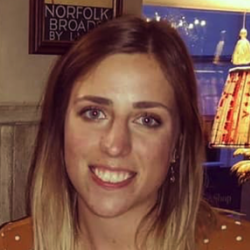Research
Atherosclerotic cardiovascular disease, the formation of plaque in arteries, is a leading cause of mortality worldwide. Smooth muscle cells (SMCs) in vessel walls provide a contractile function, and control vessel tone; however in disease states these smooth muscle cells ‘phenotypically switch’: They lose contractility, and gain proliferative capacity.
SMCs form the majority of cells in plaque, and this contribution is oligoclonal – only a few cells generate the bulk of the plaque. Using single cell RNA sequencing we have profiled SMC after vessel injury. We identified vast heterogeneity between cells and a gradient of phenotypes from contractile to proliferative, but did not find evidence for a dedicated progenitor population. Furthermore, in the healthy human aorta this diversity is recapitulated, suggesting the existence of primed cells, which may be activated and proliferate more readily.
Supporting this, a rare population of cells in the healthy vessel express Sca1, and this population expands after injury. Expression of Sca1 occurs on the trajectory prior to markers of proliferation, suggesting SCA1+ cells may be ‘primed’ cells. Isolation and culturing of these cells demonstrates they have increased proliferate capacity, and phenotypic changes matching those identified by trajectory analysis
In conclusion, smooth muscle cells are heterogenous in their expression profile and response to injury, and sequencing has identified a primed population with functional differences. I now aim to understand the mechanisms underlying the priming and activation of proliferation in these cells.

